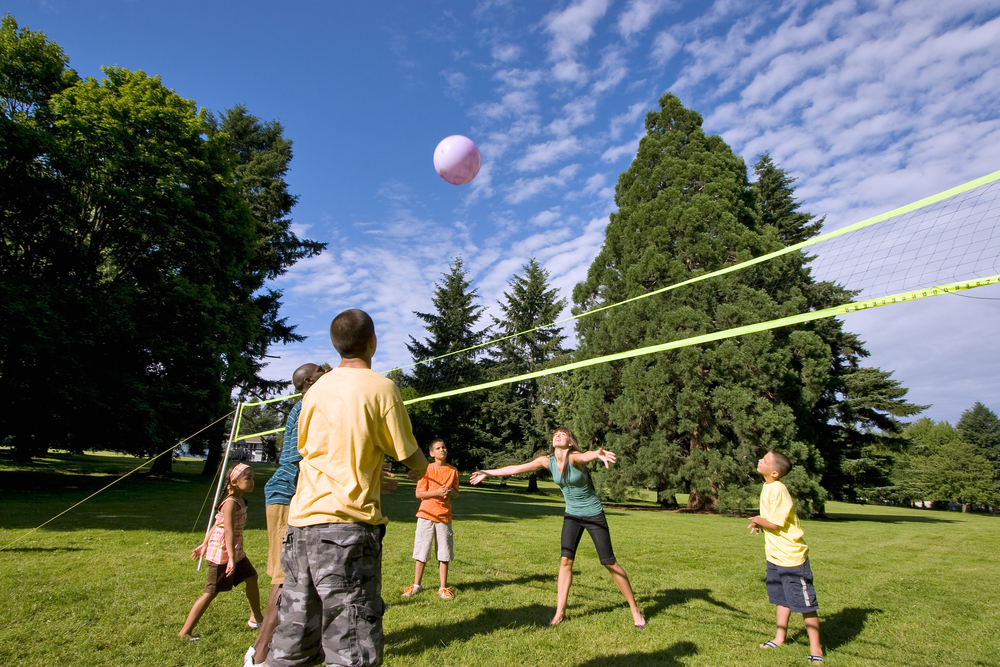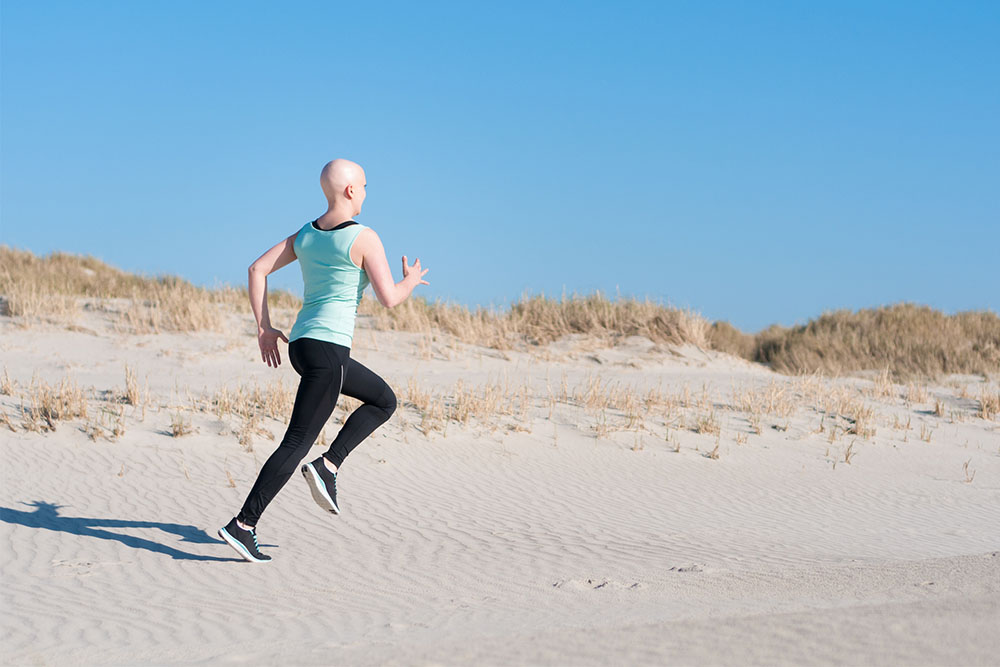A 360 Look at How Exercise Affects Brain Function

Contributed by Gillian White, PhD candidate, Faculty of Kinesiology and Physical Education, Human Physiology Research Unit, University of Toronto
A growing field of research is showing the importance of exercise for brain health as we age, not only slowing decline in older years, but actually improving cognitive function. It was startling news to us at FTG to read that the brain starts to regress structurally starting in the 3rd decade of life (that’s your 20’s!! talk about a bitter pill!), so to hear that we can take matters into our own hands certainly ups the impetus to put the ol’ runners on in the morning. As Sara Thompson reported in the February issue of FTG “The sprint to slow down brain decline”, a single bout of high-intensity interval training can improve certain aspects of brain function – an excellent back pocket trick for any of us trying to fit in a good workout between meetings, reports, or, say, writing an online article. But how long does that effect last? Does it summate over a training period or lifetime of exercise? And most importantly, how does it all work?
A recent article published by Michael Daly et al. in the Frontiers of Neuroscience in January 2015 sought to understand the relationship between long-term exercise (6 months of aerobic training) and executive function. Executive function is an action of the frontal lobe and refers to the higher cognitive functions that include volition, planning/strategizing, purposeful action, selective attention, and performance monitoring and is critical for the active pursuit of goals (Stuss & Levine 2002). It is an element of brain function that has been shown to be particularly sensitive to an exercise training program, with higher levels (intensity/volume) of exercise, particularly mixed aerobic and resistance training, showing the greatest effects (Colcombe & Kramer 2003). Of interest, baseline executive has also been shown to be predictive of a person’s likelihood to engage in physical activity, maintain physical activity (abstain from dropping out of classes), and even a person’s BMI (McAuley et al. 2011)!
Daly and his team, based out of the UK, followed 4555 adults over the age of 50 for 6 years, testing their executive function using a verbal fluency and letter exclusion test, physical activity self-report (for frequency and intensity), and a timed walking test every 2 years (4 time-points). While it is widely accepted that exercise can beneficially affect executive function, they took the novel approach of testing the relationship in both directions – exercise positively influences executive function, but how does executive function influence exercise in an aging population? What they found was that, while there was a significant positive influence of exercise on executive function (in agreement with the previous literature), the effect of executive function on likelihood to engage in exercise what even greater! What this suggests is two things: 1. The effects of exercise represent a positive feedback loop in which exercise enhances executive function, which then makes you more likely to exercise, which enhances executive function, which makes you more likely to exercise…you get the picture. 2. For people who struggle to engage or maintain physical activity as part of their lifestyle, they may improve their odds of this by first training their executive function through cognitive specific tasks. So it’s really not to late to teach an old dog new tricks!
While this was a very interesting finding for an exercise enthusiast and scientist, as I am, it left me wondering “but how??” This lead me to the landmark study conducted by Colcombe et al. in 2006 published in the Journal of Gerontology titled “Aerobic exercise enhances brain volume in aging humans” (cited 822 times!!). The structural degeneration of the brain occurs asymmetrically such that the largest losses are observed in the frontal, parietal, and temporal lobes of the brain. Up until this study, our understanding of anatomical brain changes had been solely based upon animal studies due to the invasive nature of brain assessment. However, with the advent of structural and functional MRI imaging, Colcombe et al. were able to non-invasively investigate structural changes in 60, 60-79 year old adults who underwent 6 months of aerobic exercise training. In addition to the 16% increase in VO2max reported over this training period, increased brain volume in the frontal lobe and white matter of the corpus callosum (the bridge between the left and right hemispheres), among others, were found in the exercise group. This is significant given that degeneration of both of these regions has been associated with age-related cognitive decline. We all know exercise makes our muscles bigger, but what this studies show is that exercise flexes our brains too!
What we can conclude from these two studies is that exercise and brain function/structure is a two-way street. Exercise results in a more plastic brain with a larger degree of neural connectivity, and brain function affects our desire and drive to maintain an exercise program. So, to all you fast-twitch grandma’s out there, keep up the great work you brainiacs!
Sources:
Colcombe SJ, Erickson KI, Scalf PE, Kim JS, Prakash R, McAuley E, Elavsky S, Marquez DX, Hu L, Kramer AF (2006). Aerobic exercise training increases brain volume in aging humans. J Geront: Med Sci. 61A(11), 1166-1170.
Colcombe SJ & Kramer AF (2003). Fitness effects on the cognitive function of older adults: a meta-analytic study. Psychol. Sci. 14, 125–130.
Daly M, McMinn D, Allan JL (2015). A bidirectional relationship between physical activity and executive function in older adults. Front. Hum. Neurosci. 13, 1044.
McAuley E, Mullen SP, Szabo AN, White SM, Wojcicki TR, Mailey EL, et al. (2011). Self-regulatory processes and exercise adherence in older adults: executive function and self-efficacy effects. Am. J. Prev. Med. 41, 284–290.
Stuss DT & Levine B (2002). Adult clinical neuropsychology: lessons from studies of the frontal lobes. Annu. Rev. Psychol. 53, 401–433.










